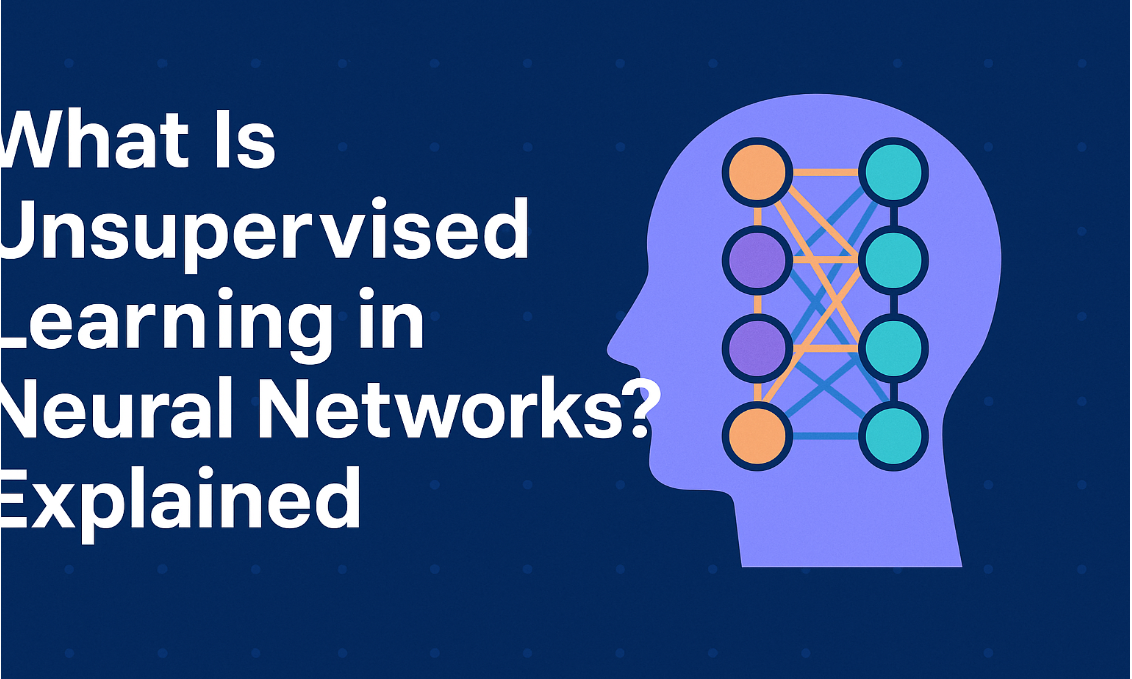
Machine Learning Basics: A Complete Guide
Introduction
Machine Learning (ML) is revolutionizing industries by enabling computers to learn from data and make predictions without explicit programming. From recommendation systems to fraud detection, ML is the backbone of modern artificial intelligence (AI). In this guide, we will explore the fundamentals of ML, its history, types, advantages, disadvantages, real-world applications, courses, and problem-solving examples.
Table of Contents
What is Machine Learning?
Machine Learning is a subset of AI that enables systems to learn from data, identify patterns, and make decisions with minimal human intervention. Instead of being explicitly programmed, ML models improve through experience.
Example: Spam email filters use ML to recognize spam messages based on previous email patterns.
History of Machine Learning
1950s: Alan Turing introduced the concept of machine intelligence.
1960s-1980s: Early neural networks and decision trees were developed.
1990s: Advancements in statistical learning led to Support Vector Machines (SVMs).
2000s-Present: Deep learning, big data, and cloud computing have driven ML growth.
Types of Machine Learning
1. Supervised Learning
Uses labeled data.
Example: Fraud detection in banking.
2. Unsupervised Learning
Works with unlabeled data to find hidden patterns.
Example: Customer segmentation in marketing.
3. Reinforcement Learning
Learns by interacting with the environment and receiving rewards.
Example: Self-driving cars.
Advantages of Machine Learning
Automates repetitive tasks.
Improves accuracy and efficiency.
Provides predictive insights.
Enhances user experience (e.g., personalized recommendations).
Disadvantages of Machine Learning
Requires large datasets.
Computationally expensive.
Can be biased if trained on biased data.
Hard to interpret complex models.
Applications of Machine Learning
Healthcare: Disease prediction, medical image analysis.
Finance: Credit scoring, fraud detection.
Retail: Product recommendations, inventory management.
Transportation: Autonomous vehicles, route optimization.
Courses to Learn Machine Learning
Andrew Ng's Machine Learning Course (Coursera)
Google's Machine Learning Crash Course
Fast.ai Deep Learning Course
Harvard’s CS50’s Introduction to AI with Python
Problem-Solving Example
Predicting House Prices with Machine Learning
Collect Data: Gather house prices, location, size, and features.
Preprocess Data: Remove missing values, normalize data.
Train Model: Use regression algorithms like Linear Regression.
Test Model: Evaluate accuracy using test datasets.
Make Predictions: Predict new house prices.
Conclusion
Machine Learning is transforming industries with its ability to automate tasks, analyze vast amounts of data, and make accurate predictions. Understanding ML fundamentals is crucial for anyone looking to enter the AI field.
FAQs
What is the difference between AI and Machine Learning?
AI is the broader field of simulating human intelligence, while ML is a subset of AI focused on data-driven learning.
Can I learn Machine Learning without coding?
While coding skills are beneficial, some tools like Google AutoML allow ML implementation with minimal coding.
What are the best programming languages for Machine Learning?
Python, R, and Java are widely used in ML applications.
How long does it take to learn Machine Learning?
It depends on prior knowledge, but typically 3-6 months of dedicated learning is required.
What are the future trends in Machine Learning?
AI-driven automation.
Quantum Machine Learning.
Explainable AI (XAI).
Edge Computing and IoT integration.








